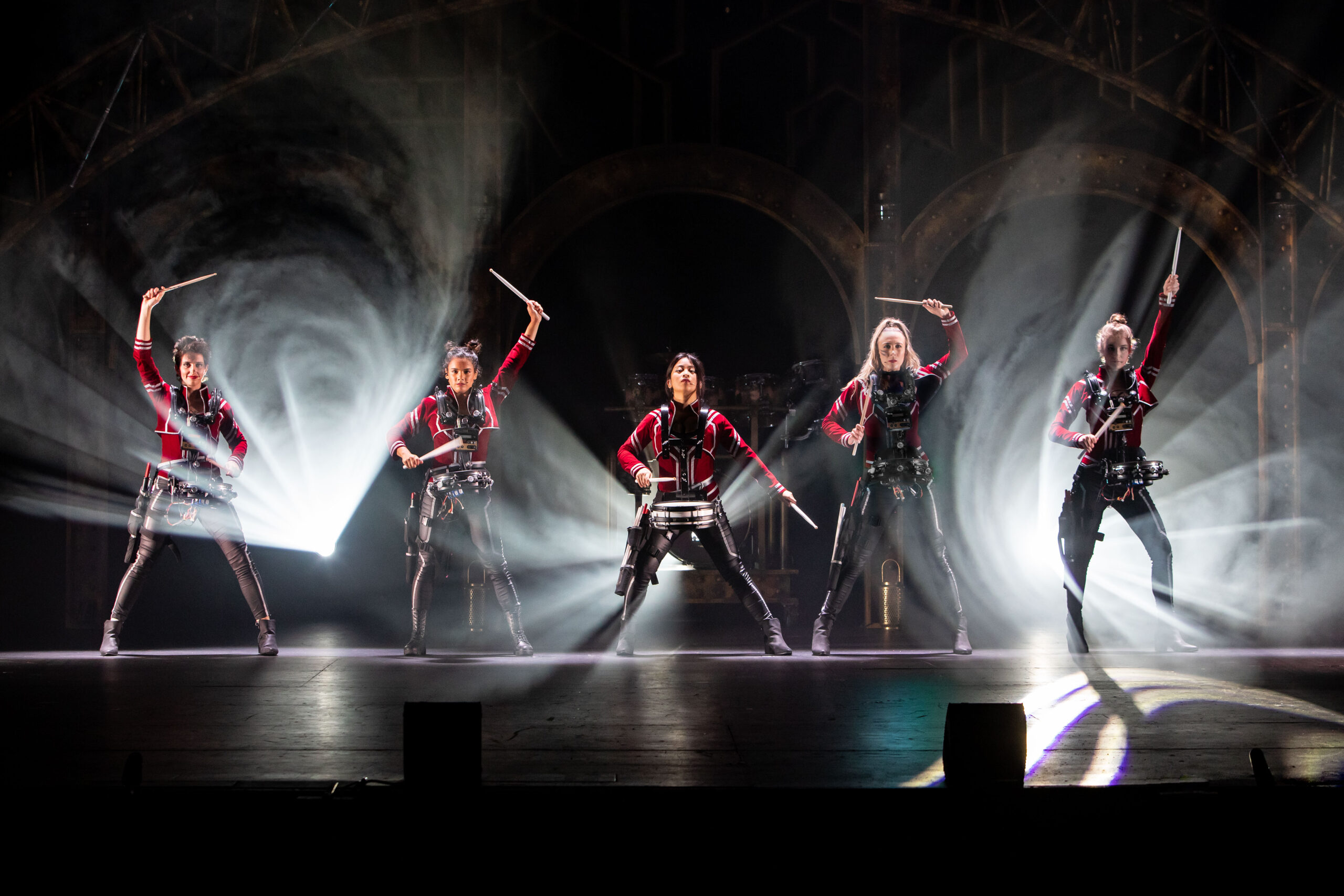Tapping into Improvisation with Barbara Duffy
Internationally renowned tap dance master Barbara Duffy from New York City has just published her book Tap Into Improv: A Guide to Tap Dance Improvisation, which the tap world has waited for with great anticipation.
Whenever someone tells me they are coming to New York City to study tap dance, I strongly urge them to go to Barbara Duffy’s improvisation classes at Steps on Broadway. Her approach, which builds on 27 years of experience as an improvisation teacher stresses the unique potential of each student, no matter what level they are, exploring the depths of musicality, expression, and the self through improvisation. She is highly regarded for her ability to break down students’ fears and emotional blocks from both beginner level up to professionals.


Barbara Duffy speaks exclusively to Dance Writer about her book. Photographic credit: Alexander Ivashkevich.
Dance Writer chats with tap sensation Barbara Duffy about how she taps into improvisation both professionally and personally.
Dance Writer: Why do you think so many people are afraid to improvise?
Barbara Duffy: I think people are afraid of the unknown. [They] are afraid to make a mistake, and there is also a preconceived notion that they should be able to improvise, just like that, and produce a great result. But in fact, improvisation must be practiced to get good!
DW: Is the book applicable to other dance styles, too?
BD: Yes, I think it could be. A lot of the book is quite technical about tap dance, but some of the conceptual ideas and creative exercises in the later part of the book could be applied to other dance forms, as well any form of improvisation.
DW: Why is it important for tap dancers to practice improvisation, and not just choreography?
BD: In rhythm tap, improvisation is part of the tradition of this style. So, if you are a serious tap artist, this is something to explore. It does not mean you have to do it all the time, but it is something that is part of the art form and worth trying and working on. Also, it allows the dancer to be completely free in the moment, to create their own rhythms, and to be a musician with their feet.
Learning how to improvise, as well as being able to learn choreography are equally important when studying rhythm tap dance. I tell people who audition for Broadway shows that it is valuable to be able to improvise. If, during the audition, they make a mistake dancing the choreography, their improvisation skills will allow them to keep going without becoming flustered. It’s a good tool to have under your belt!


Barbara Duffy, 2011. Photography: Julie Lemberger.
DW: What life lessons have you learned or have you witnessed students learn through your or their improvisation practice?
BD: I learned that my voice is important. Through improvisation, I was able to find my voice in tap dance, what I wanted to say as an artist.
The more you can be in the moment of what you’re doing, the better your experience and the people watching and listening to you will have a better experience as well. I’ve found it valuable to look at improvisation as a process that never stops in life. I cannot say, ‘Okay, now I know how to do this, and I’m great, and I’m done.’ You can never say that in improv, because you are always evolving and finding new things within yourself, which is exactly what happens in life.
I had to learn patience and not to think that I should be in a different place. It is okay to be wherever you are in your process, no matter what your skill level is. Things always change and they change when you least expect it. This definitely happens when you are improvising with musicians, and it happens in life, for sure.
DW: The only constant thing in life is change.
BD: Yes, and trusting that if you are uncomfortable, it is only going to take you to the next place. People have to take risks to move forward a lot of times. And it is scary because it is not what you know. You can choose to look at that as an opportunity, rather than a horrible thing to go through.
Improvisation is a good way to learn how to not judge yourself. I judged myself horribly, for years! And where does that get you, really? It does not actually make you better. It can hold you back. That lesson also helped me in the rest of my life too. Life lessons! (laughs)


Zurich Tap Fest. Photo credit: Michael Lio.
Tap dance improvisation has become so serious, and of course it is a serious study, but if there is so much pressure to hit something fantastic or impress others, dancers can become intimidated. That can stop them from really pursuing it. I’ve seen tap dancers who have great technique, but still be unable to feel comfortable improvising. I’ve found that people’s internal dialogue is crucial to becoming free when improvising in any format. It comes down to what you are telling yourself, whether you think judgmental thoughts or accepting thoughts.
In my book, there is an exercise to just be a kid. What would an eight-year-old do to this music? It is a great exercise for any dance form, to let your inner child come out. It is like giving yourself permission to be as free as a child. Having that sense of play is a wonderful thing to incorporate.
Make the choice to play and have fun!
The book is topped off with additional advice from acclaimed tap artists Brenda Bufalino, Michelle Dorrance, Derick K. Grant, Kazu Kumagai, Thomas Marek, and Sarah Petronio.
Barbara Duffy held a book signing on November 15 at the American Tap Dance Foundation in New York City. The book can be purchased via Amazon.
Sorry, the comment form is closed at this time.



